SUMMARY
This is AI generated summarization, which may have errors. For context, always refer to the full article.
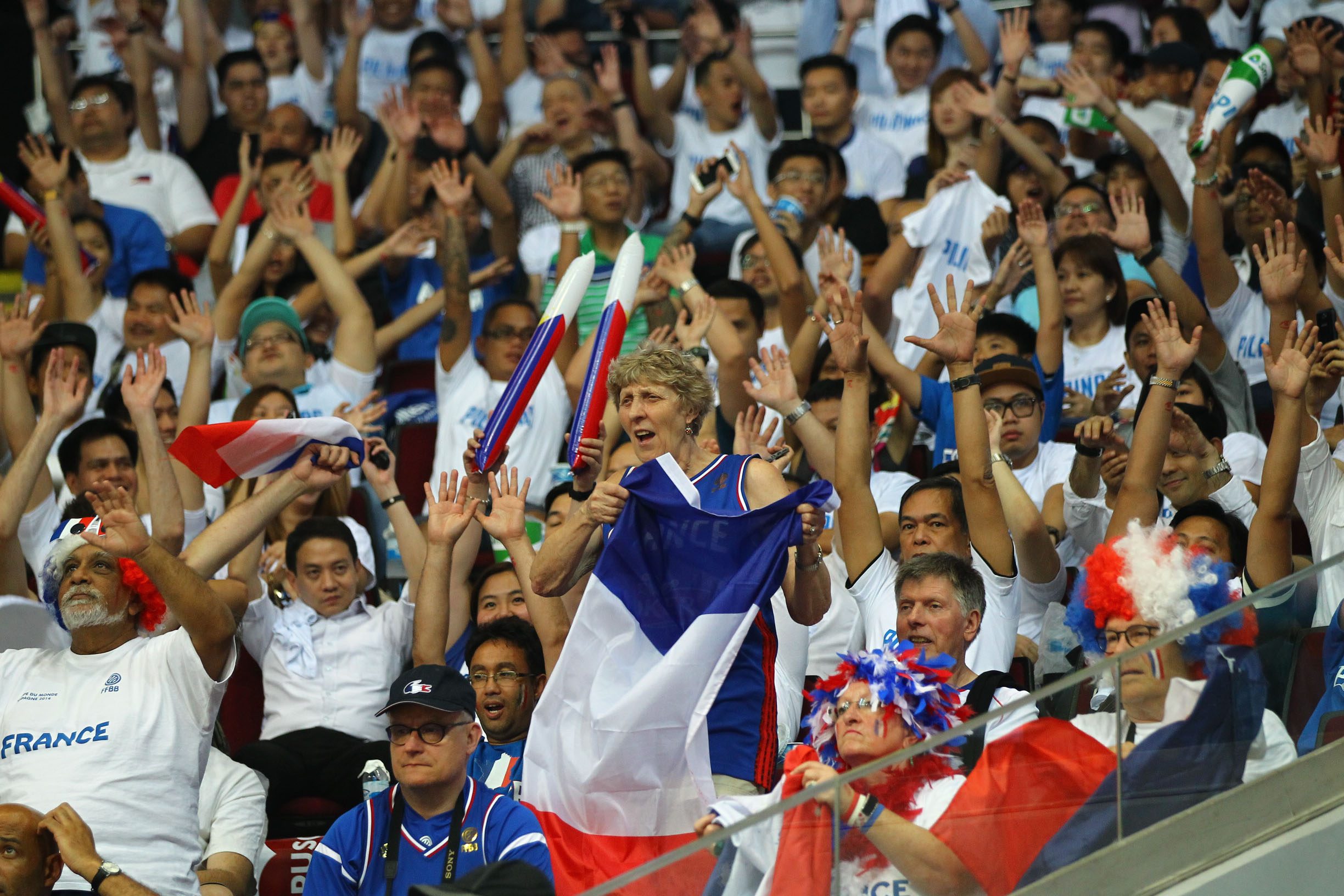
MANILA, Philippines – I may be mostly a football writer, but like any red-blooded Filipino, I’m hard-wired to appreciate hoops, especially a team with our flag on their singlet. During FIBA Asia in 2013 I took in all the games live except for the final. So on Wednesday, July 6 I caught the New Zealand game from the general admission section.
The 89-80 loss was a bitter pill to swallow, especially since it eliminated us from contention for the Olympic Games. Perhaps a bit leggy from the previous night’s loss to France, Gilas succumbed to a Tall Blacks team that was playing their first outing of the competition. On the court, the Philippines looked too predictable on offense for me, and just couldn’t make stops. A sharp, quick, and cohesive New Zealand were mostly in control of proceedings.
But there was disappointment off the court as well. First, a word on the haka, the Maori war dance that New Zealand sports teams perform before games. The Tall Blacks offered up a rousing example on Wednesday, much like the one the Wellington Saints served up against Gilas last year.
Other Kiwi sports teams may perform it as well, but the haka is most associated with the New Zealand All Blacks, New Zealand’s world champion rugby team.
During international rugby matches, the haka is treated with some degree of reverence. There might be some booing, but in general fans, even opposing ones, are in awe of the spectacle. The sight of Kiwi athletes expressing their unique cultural heritage is really something to behold.
It’s also my understanding that the haka is not just a means of psyching out the opponent but also a way of showing respect. Gilas stood shoulder-to-shoulder and slowly advanced towards the New Zealanders doing the haka, which is fine. The French rugby team did the same in the 2011 Rugby World Cup final, and they seemed to do so in an aggressive “v” formation.
Music was played during the haka and the dance was also booed. That was poor, but for me the onus should be on the organizers to prevent this. We cannot expect Filipino fans to understand the significance of the dance. What should have happened is that match barker Noel Zarate should be given a script to read beforehand explaining to the crowd the meaning of the dance, and to ask fans to show it the proper respect. I hope that is done before the semifinal on Saturday.
I’m told that the disrespect shown to the haka only motivated the New Zealanders more on Wednesday.
The other letdown was the shocking number of empty seats in the arena, especially in the Lower Box area. It’s my understanding that the game was officially sold out. So why the invisible fans? Surely these ghost Gilas supporters numbered in the hundreds.

I spoke to a scalper during the FIBA Asia tournament in 2013 and he said he had a connection within the event, and that’s how he got his tickets. I can believe that. It’s not like all scalpers line up early and buy tickets at the first opportunity then resell. Perhaps many are getting them in an illicit manner even before they go on sale. Perhaps it then becomes impossible to offload all the tickets, and thus the vacant chairs. I really don’t know.
The pricing was also whacked. P200 for Gen Ad and P400 for Upper Box is fine. Those sections looked pretty packed on Wednesday. But Lower Box went for P6,800, and Patron 8,500. Not to mention the P10,000 for VIP chairs. That’s beyond insane.
It was a recurring theme in my Twitter feed after the game, that rabid masa fans should have had those seats instead of wealthier, and presumably less rowdy supporters. The prohibitive pricing made that impossible.
@PassionateFanPH hindi kasi pang masa ung presyo ng ticket sir…sana ung sa taas eh mura tickets pra mapuno..
— Dave Anthony (@davemadelo123) July 6, 2016
@PassionateFanPH palit ng seats. ang mga nasa taas ibaba, ang mga nasa baba itaas. MAG-INGAY!!!
— rondolfh sandigan (@makmikmok) July 6, 2016
@PassionateFanPH Exactly! Sayang lang homecourt advantage. Sana binigay nalang tix sa mga magpapakamatay magcheer. What a waste.
— Cindy (@chubinda) July 5, 2016
Something just isn’t right here. This is an opportunity to fill up MOA Arena to the brim and create the most difficult environment for visiting teams as we gun for a slot in Rio. And yet it didn’t happen.
For sure our lawmakers have very important things on their plates, but in my opinion a senate or congressional probe on the possible scalping for these games, as well as the overly dear pricing, is not uncalled for. No doubt our solons have tackled even more frivolous matters.
But more importantly, the fans who did get tickets and filled the arena just didn’t deliver. It’s one thing to show up for a game, it’s another to actively support your team.
Maybe I’m just old-school and belonged to a generation of UAAP supporters who cheered lustily from start to finish no matter what the score was. Those days are long gone, it seems, even in collegiate ball. Those days have yet to arrive for the national side.
The Gilas fans last Wednesday mostly didn’t follow the lead of the handful of cheerleaders beside the drumline. There were cheers of “Laban Pilipinas” on offense and “Dee-Fense” on defense, but they were largely ignored. I was cheering from my perch in the nosebleeds, but I was pretty much by my lonesome, and too far away to make any impact.
The crowd did wake up during a few runs, especially when we trimmed the Tall Blacks lead to 60-58, but whenever New Zealand made big baskets, we quieted down in a hurry.
The folks in the lower sections seemed to be very attached to the seats they paid so much for. They just wouldn’t get off them, even when we came close. Fans need to literally and figuatively stand up and be counted.
As I tweeted on Wednesday night, it’s not just the players that need puso. The fans need to show it as well. The relationship between team and hans needs to be symbiotic, where both feed off the energy of the other.
May I offer some suggestions on how to make this happen.
There needs to be a concerted, intentional effort from the organizers to change the fan culture in Gilas games. It must be communicated in TV spots, online campaigns, press conferences, and via social media that watching Gilas should be an interactive experience. When you buy a ticket to a home game, you’re not just there just to passively watch, but also to cheer. Every fan in the building needs to take responsibility for lighting a fire under our players and giving them that extra boost to victory.
Proposed hashtag: #GilasHereToCheer. Those white and blue fan t-shirts that were being handed out? #GilasHereToCheer can be printed in front, and a big number 6 on the back, to symbolize the power of our collective sixth man.
We also need a few more simple, catchy cheers aside from “Laban Pilipinas.” The team needs an iconic rallying cry that is similar to Ateneo’s “One Big Fight” or UST’s “Go Uste.” Preferably with simple hand gestures. Maybe “Laban Pilipinas” isn’t cutting it.
These cheers were developed in schools over time. It might be a stretch to do it artificially now for a national team, but we must try.
Once 3 or 4 simple, powerful, cheers are conceived, a video of the cheers should be created and spread on social media and on TV. That way fans can be familiar with them once they go to the games. The video can also be shown on the big screen in the arena before tip-off.
Perhaps celebrities can also exhort fans to cheer, both through shareable video clips and in person at the games.
Another important talking point: when the team is not doing well, cheer HARDER. It’s up to us to give them a lift. To add to the momentum when they need it most and to let them know we have their backs.
A college-style band of traditional cheerleaders needs to be created too. Cheerleaders who will stand in front of the crowd, with their backs to the court, leading the cheers. This bunch can be culled from existing university cheering squads.
Gilas’ path to Rio came to a halt on Wednesday. But there will be more competitions ahead, including qualifying campaign for an expanded FIBA World Cup in 2019. There will now by FIFA-style international windows for Gilas to play in on their road to the worlds.
We now know that Gilas will be playing qualifiers on the following dates: 20-28 November 2017, 19-27 February 2018, 25 June to 3 July 2018, 10-18 September 2018, 26 November to 4 December 2018 and 18-28 February 2019. Two matches per window, presumably one home and one away. More details on this link.
The concept of home-court or home-field advantage is really not a part of Filipino sports culture, since most of our leagues are played in neutral, common venues. So it really is a challenge to change the mindset. But there’s plenty of time for us to get organized and prepare.
We need the Mall of Asia Arena to be a cauldron of noise. A seething, heaving, inhospitable fortress of energy where our players have an extra spring in the step, and our visitors are beaten spiritually and emotionally even before the first whistle. If we all play our part, we can make this a reality. Our team deserves nothing less.
Follow Bob on Twitter @PassionateFanPH – Rappler.com
Add a comment
How does this make you feel?
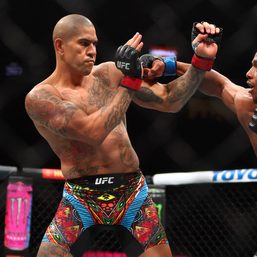
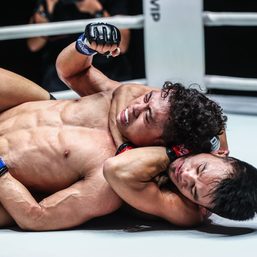
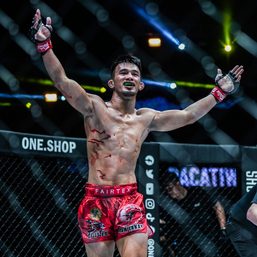

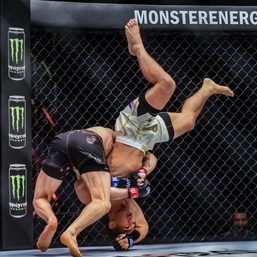
There are no comments yet. Add your comment to start the conversation.